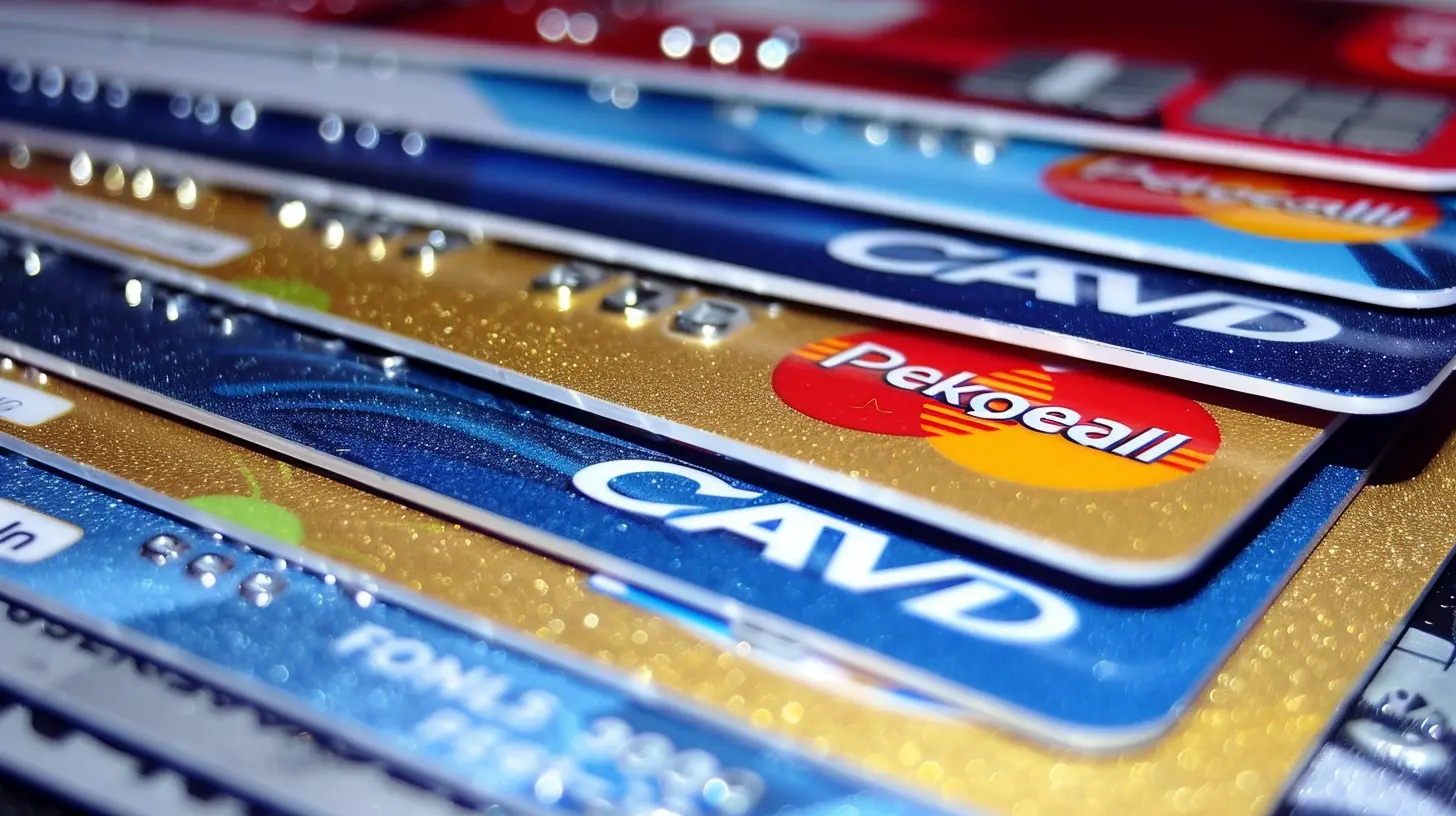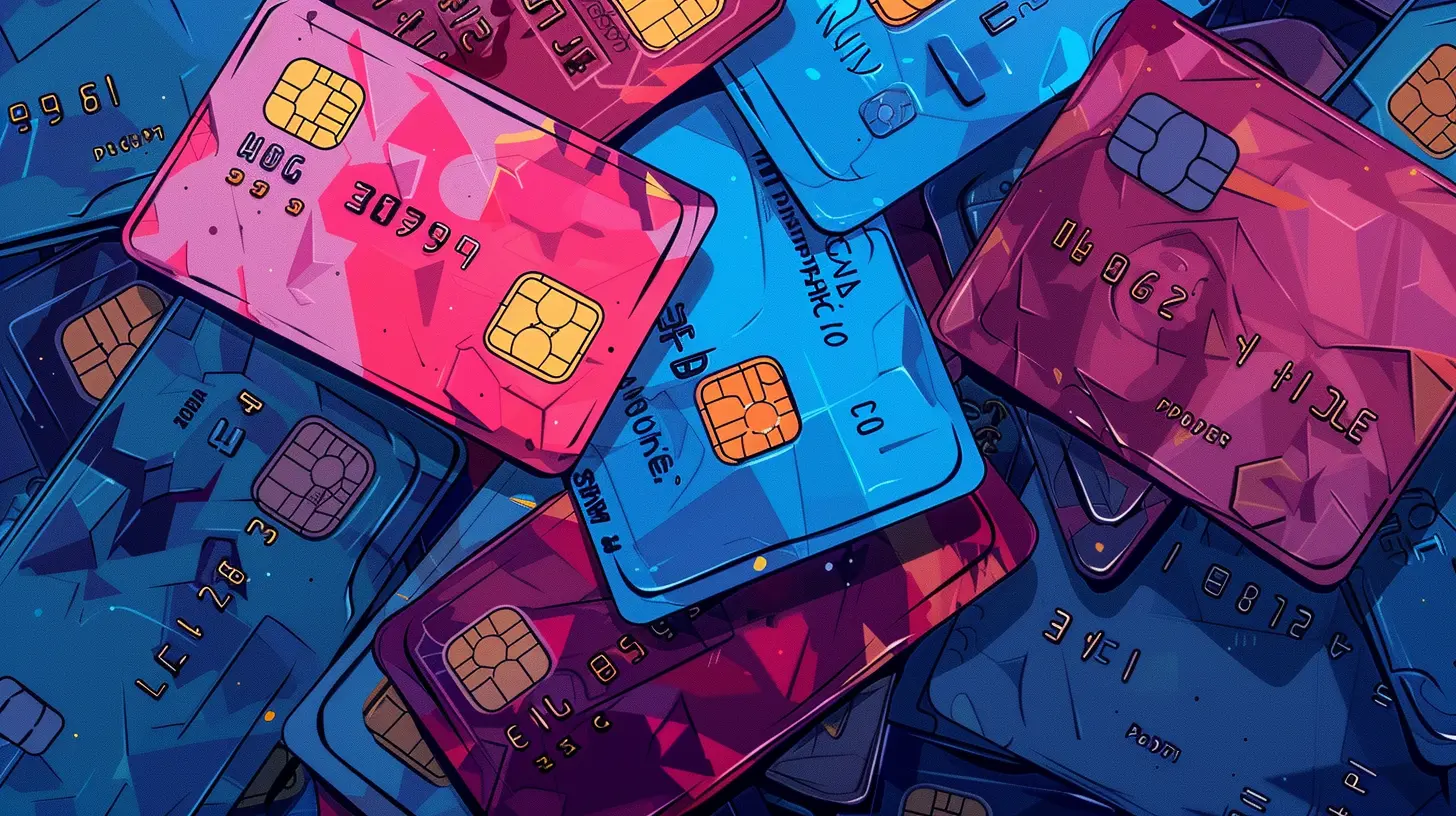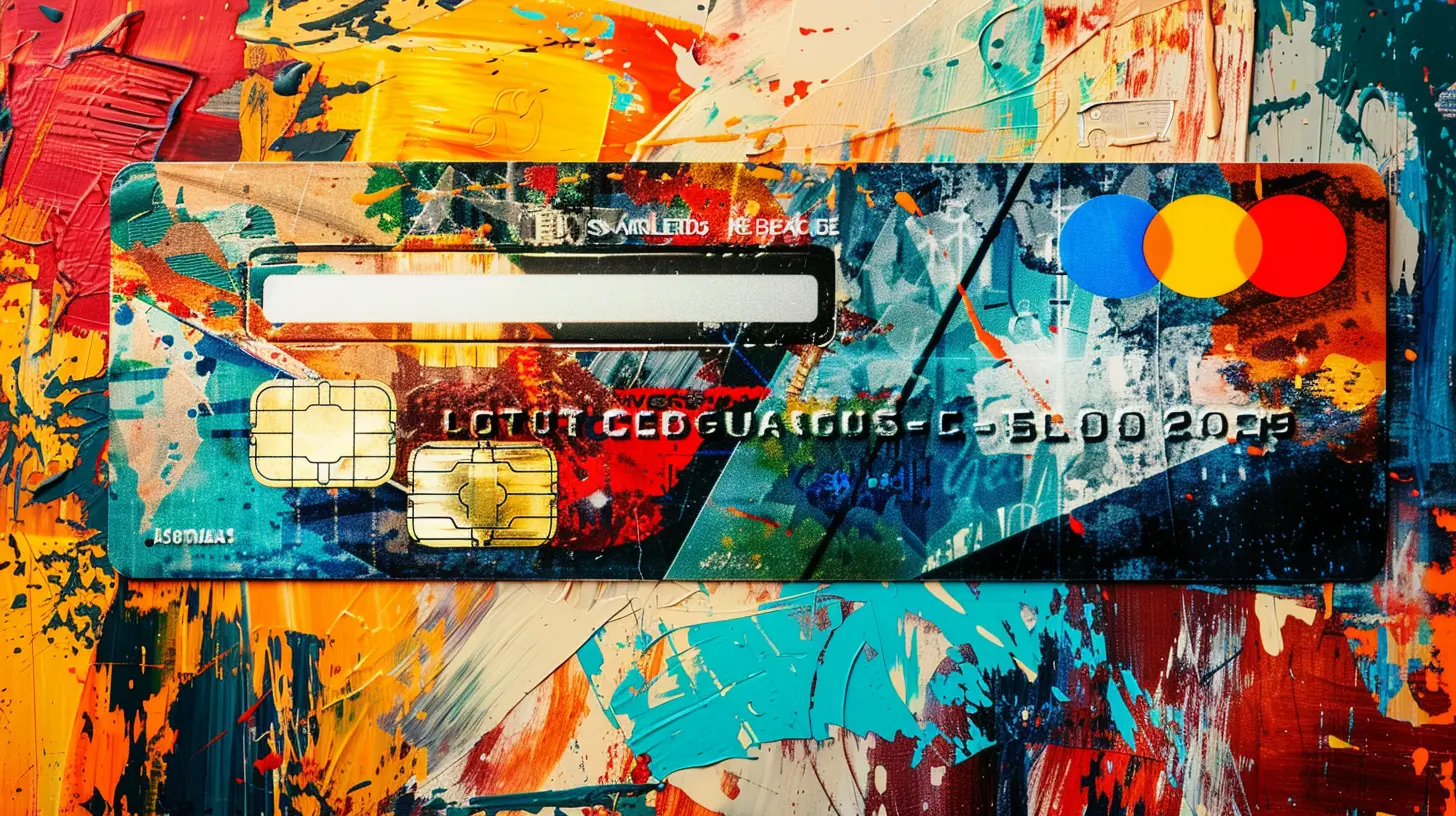How to Rebuild Your Credit Score with a Secured Credit Card
22 July 2025
Ever found yourself staring at your credit report and thinking, “Well, that escalated quickly”? Don't sweat it — you’re not alone. Life throws curveballs and sometimes your credit score takes a punch to the gut. But here's the good news: you can bounce back. And one of the most powerful, underrated tools in your financial comeback story? A secured credit card.
In this guide, we’re diving deep into how you can rebuild your credit score with a secured credit card. Whether you’re starting from scratch or picking up the financial pieces, you’ll find clear, practical steps to get that score climbing again — and fast.
🧠 First Things First: What’s a Secured Credit Card?
Okay, let’s get the basics out of the way.A secured credit card works just like a regular one — you spend, you get a bill, you pay it off. The big difference? You have to put down a refundable deposit upfront. That deposit acts as your credit limit. So, if you put down $500, that’s usually your limit.
Think of it as training wheels for your credit. You’re showing lenders that you can handle credit responsibly without them taking on too much risk. It’s a low-stakes way to prove you’re financially stable — even if your past says otherwise.
🚫 Why Your Credit Score Took a Hit (And Why That’s Okay)
Before we fix the score, let’s talk about what broke it.You might have missed a few payments. Maybe overspent on a few cards. Or perhaps life just hit you hard — a job loss, medical bills, or something else unexpected.
Whatever the reason, give yourself some grace. Everyone makes money mistakes. The important part is that you're ready to do something about it. And spoiler alert: you absolutely can.
🤯 Credit Scores Demystified (So You Know What You’re Up Against)
Your credit score isn't just a random number. It's calculated based on several key factors:- Payment history (35%) – Did you pay on time?
- Amounts owed (30%) – How much debt are you using compared to your credit limit?
- Length of credit history (15%) – How long have you been using credit?
- Mix of credit (10%) – Do you have a mix of loans and cards?
- New credit (10%) – Have you opened a lot of new accounts recently?
This is all good to know because using a secured credit card can help improve almost all these categories if used right. Let’s dig into how that works.
💳 How a Secured Credit Card Rebuilds Your Score
1. It Creates a Positive Payment History
Payment history makes up the biggest chunk of your credit score — 35%! That’s massive. And a secured card gives you the perfect opportunity to build that history from scratch.Every time you make an on-time payment, your card issuer reports it to the credit bureaus. Do this consistently, and you’ll see improvement over time. Think of it like lifting weights. One workout doesn’t bulk you up, but consistent effort will get you there.
2. It Lowers Your Credit Utilization
Let’s say you have a secured card with a $500 limit. If you only spend $50–$75 a month and pay it off in full, you’re keeping your credit utilization around 10–15%. That sweet spot shows lenders you’re not maxing out your card.Pro tip: Always aim to stay below 30% utilization. Under 10%? Even better.
3. It Adds to Your Credit Mix
If all you’ve had before are installment loans (like student or auto loans), adding a credit card to the mix makes your credit file more well-rounded. Lenders love seeing that you can handle different types of credit.4. It Helps Establish a Longer Credit History
The longer your accounts stay open and in good standing, the better. A secured card is your chance to establish a new line of credit that — assuming you use it wisely — can stick around for years and boost the length of your credit history.🚀 Step-By-Step: How to Use a Secured Card to Rebuild Credit
Let’s walk you through exactly how to use a secured credit card to rise from the financial ashes like a phoenix.Step 1: Pick the Right Secured Credit Card
Not all secured cards are created equal. Some charge high fees, others don’t report to all three credit bureaus (which is a must!).When choosing your card, look for:
- Low or no annual fees
- Reports to all three major bureaus (Equifax, Experian, TransUnion)
- Reasonable minimum deposit (usually $200–$500)
- Upgrade path to an unsecured card
Some solid options include:
- Capital One Platinum Secured
- Discover it® Secured
- OpenSky® Secured Visa
Do a little digging and read the fine print. You’ve got options!
Step 2: Make Your Deposit and Set a Budget
Once approved, you’ll need to fund your card with a refundable deposit. This becomes your credit limit.Start small if you need to. The key is not how much credit you have, but how you use it. Start with a deposit you’re comfortable with, set a small budget ($50–$100/month), and stick to it like glue.
Step 3: Use It Like a Debit Card (But Pay It Like a Credit Card)
Here's the secret sauce: Only charge what you can pay off immediately.Pick one recurring expense (like a Netflix subscription or a small gas fill-up) and auto-pay it with your secured card. Then, set up automatic payments from your bank account to cover the balance in full each month.
No debt. No interest. Just positive credit behavior.
Step 4: Pay On Time, Every Time
This part cannot be stressed enough: late payments can crush your score even more.Set calendar reminders, enable auto-pay, write it on your hand — whatever it takes.
Even one 30-day late payment can take your score down by 100+ points. Don’t let a $10 payment wreck your progress.
Step 5: Watch Your Credit Score Like a Hawk
There are tons of free tools to track your credit score and progress. Many banks offer this now, and services like Credit Karma or Experian are great options.Keep an eye on your:
- Score trends
- Credit utilization
- Payment history
- Inquiries and new accounts
Seeing your score rise each month is insanely motivating. It’s like watching your financial fitness level go up in real-time.
Step 6: Graduate to an Unsecured Credit Card
After 6–12 months of responsible use, many card issuers will review your account for “graduation.” That means they’ll upgrade you to a regular unsecured card and return your deposit.If they don’t offer this automatically, call and ask. If they still say no, shop around — you’ll likely qualify elsewhere now that your credit score has improved.
🔄 What NOT to Do with a Secured Credit Card
Let’s save you from learning these lessons the hard way:- ❌ Don’t max out the card.
- ❌ Don’t miss payments.
- ❌ Don’t close it too quickly.
- ❌ Don’t apply for several cards at once.
- ❌ Don’t treat it like “free money.”
Remember, you’re rebuilding. Every move counts.
🧩 Bonus Tips to Boost Results
Want to supercharge your score rebuild? Try these extras:- Get added as an authorized user on a trusted family member’s card (if they have great credit)
- Dispute any errors on your credit report
- Keep old accounts open, even if you don’t use them
- Set up payment reminders or auto-pay for ALL your bills
- Limit hard inquiries — don’t apply for tons of credit in a short span
Every small positive action stacks up. It’s like building financial muscle memory.
💪 Your Credit Comeback Starts Today
Look, rebuilding your credit doesn’t happen overnight. But with a secured credit card and a little bit of strategy, you’ve got everything you need to turn things around. You’re not doomed by your past — not even close.Treat your secured credit card like a stepping stone, not a crutch. Use it to show lenders (and yourself) that you're financially responsible and ready for the next level.
Before you know it, those credit doors that felt locked tight? They’ll swing wide open.
Now, go get your credit glow-up. You’ve got this.
all images in this post were generated using AI tools
Category:
Credit CardsAuthor:

Harlan Wallace
Discussion
rate this article
1 comments
Jasmine McDermott
Oh great, because nothing screams financial wisdom like putting down a deposit to borrow your own money! Who knew rebuilding credit could be so... thrilling?
August 16, 2025 at 11:07 AM

Harlan Wallace
I understand your skepticism! Secured credit cards can feel counterintuitive, but they are a valuable tool for rebuilding credit when used responsibly.


